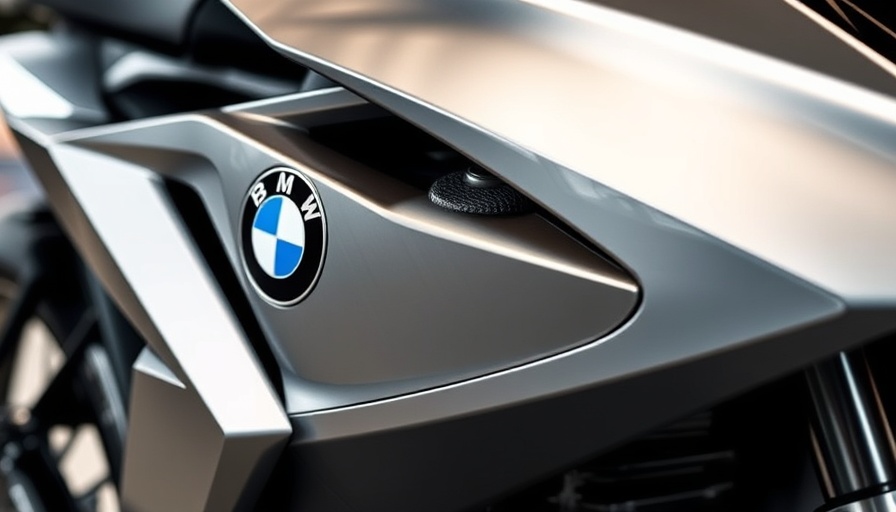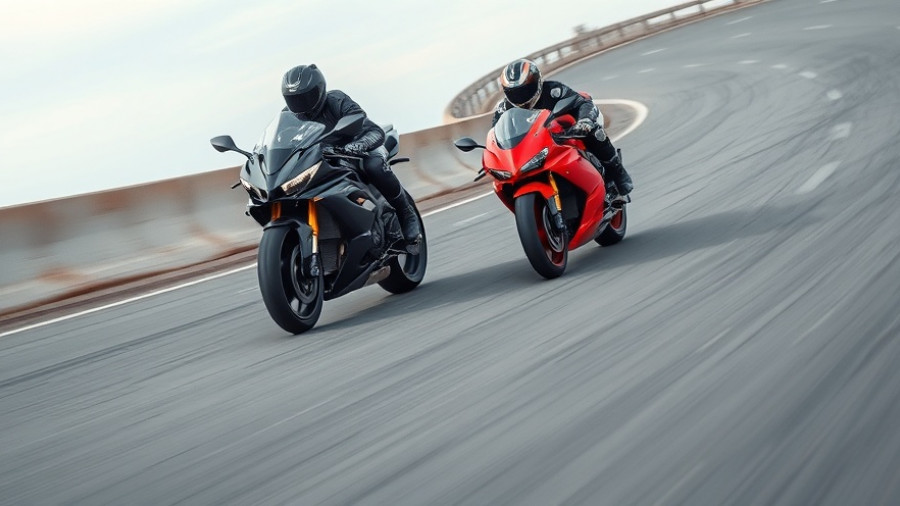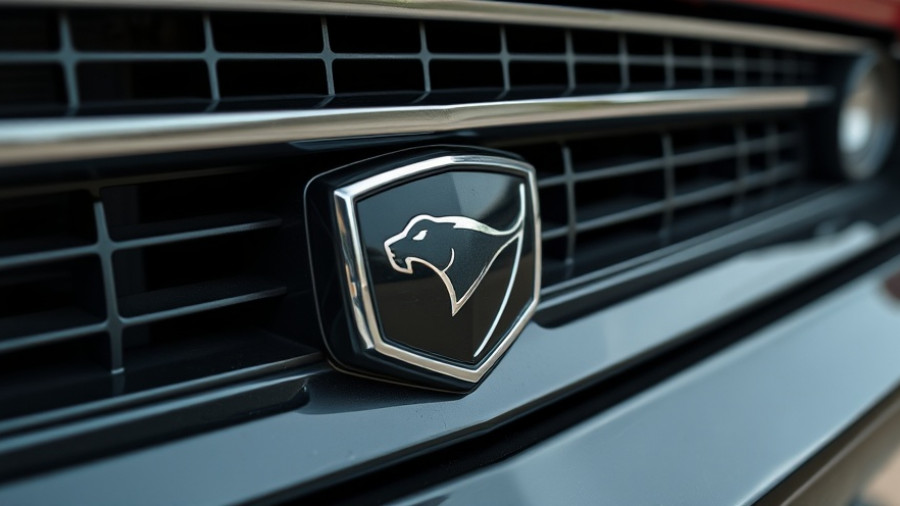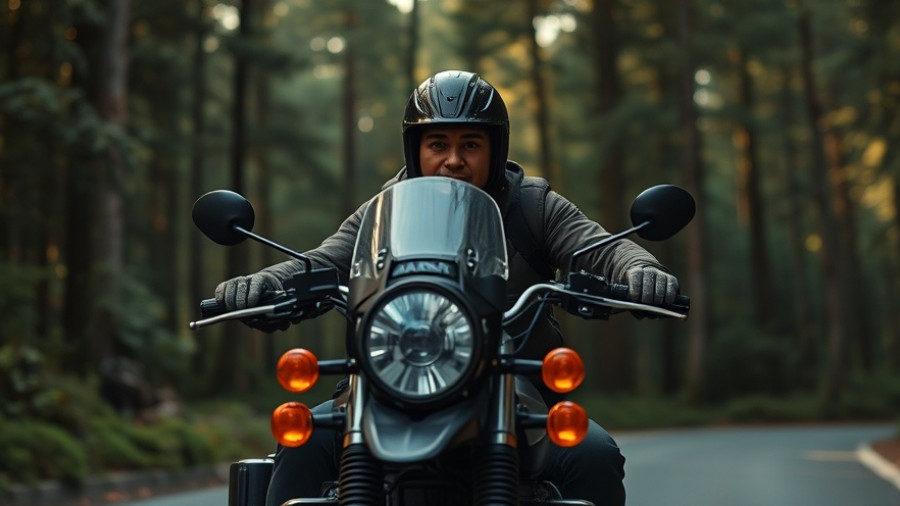
The Evolution of Superbike Competition
For decades, the superbike segment has been a fierce battleground, particularly marked by Yamaha's iconic YZF-R1, which first emerged in the late 1990s. Yamaha’s innovation in blending power and performance established the foundation for modern superbikes, setting a benchmark that many manufacturers have strived to exceed. This race for supremacy witnessed the entry of other major brands like Ducati and Aprilia, but it was BMW’s S 1000 RR that truly disrupted the market by infusing cutting-edge technology into the superbike arena. Fast-forward to today, and the 2025 BMW S 1000 RR not only competes with, but arguably surpasses, the Yamaha YZF-R1, setting a new standard in the realm of superbikes.
The Specs That Matter: Performance Comparison
Performance is at the heart of any superbike, and the 2025 BMW S 1000 RR is engineered to impress. With a striking 205 horsepower – one of the highest outputs from a naturally aspirated inline-four engine – it edges out the YZF-R1 that sits at around 182 horsepower. Notably, while the Yamaha has an electronically limited top speed of 186 mph, the BMW's capability surges to an impressive 188 mph. This distinction not only reflects BMW's commitment to power but also demonstrates their approach to making superbikes more accessible through advanced engineering.
Why Tech Matters More Than Ever
Today, technology drives performance in more ways than one. The S 1000 RR has become synonymous with advanced features, such as cornering ABS and traction control, which essentially lift the riding experience to a new level of safety and responsiveness. Notably, many of these tech enhancements come standard, making the bike not only a performance beast but also an example of user-friendly engineering. Consumers increasingly consider the technological prowess of a bike alongside its raw power, making this evolution a key factor in the buying process.
The Market Landscape: Choices Beyond BMW and Yamaha
The motorcycle market is replete with options, each flaunting unique strengths. Among the competition, the Aprilia RSV4 1100 boasts an impressive 220 horsepower and is often touted as a more exotic choice, albeit at a higher price point. Moreover, Ducati's Panigale V4 is seen as the complete superbike package, albeit without the electronic suspension features of the RSV4 S. This variety keeps consumers engaged, as they weigh not just price but brand loyalty, performance, and the type of riding experience they wish to achieve.
Rider Experience: Emotional Connection and Practical Insights
Superbikes are not merely machines; they evoke passion and excitement. A well-rounded emotional connection often influences the purchase decision. Riders seeking the thrill of raw horsepower might be drawn to BMW’s state-of-the-art lineup, while others may lean toward Yamaha’s enduring legacy. Practical insights, including maintenance costs and rider support communities, can further protect the investment. Understanding fuel efficiency and ownership costs also play a crucial role, enhancing the overall ownership experience.
Future Predictions: What Lies Ahead in Motorcycling?
As the automotive industry shifts towards electrification, superbikes could also embrace hybrid technology, giving rise to bikes that combine the best of both worlds: performance efficiency and emotional power. Ongoing advancements in safety technology, coupled with better fuel efficiency ratings, are going to change how riders connect with their bikes. We may soon see a wave of environmentally friendly superbikes that don’t compromise on speed or performance, as manufacturers race to meet changing consumer expectations and regulatory demands.
Conclusion: Choosing Your Next Superbike
Whether you find yourself leaning toward the well-trodden paths of Yamaha or the innovative edge of BMW, the key to choosing the right superbike lies in understanding what each model offers. As buyers become more informed and look for value beyond just horsepower and speed, choices will increasingly reflect personal preferences and practical needs. Explore the performance specifications, rider experiences, and cutting-edge technology to make an informed decision that suits your style.
 Add Row
Add Row  Add
Add 




Write A Comment